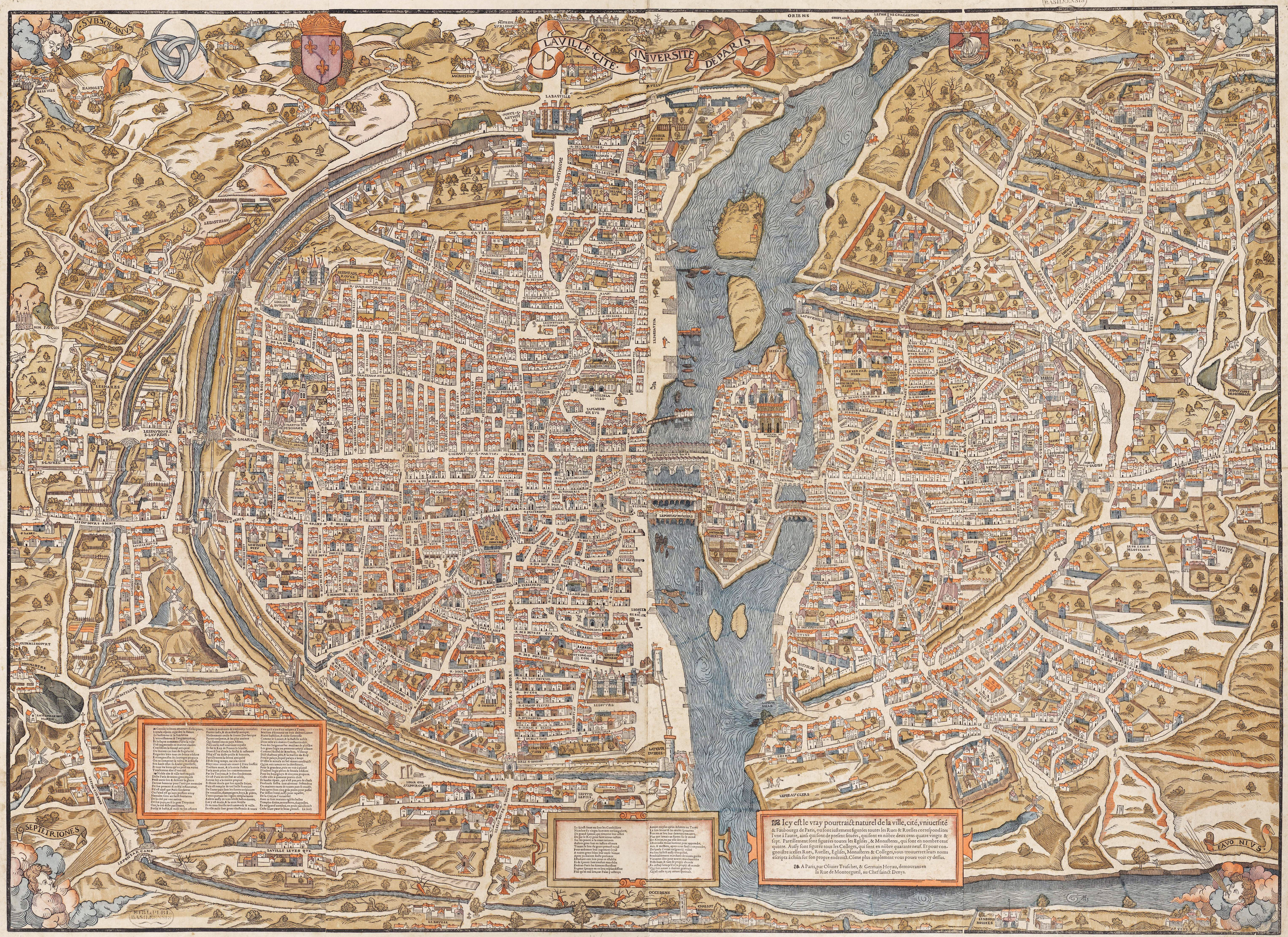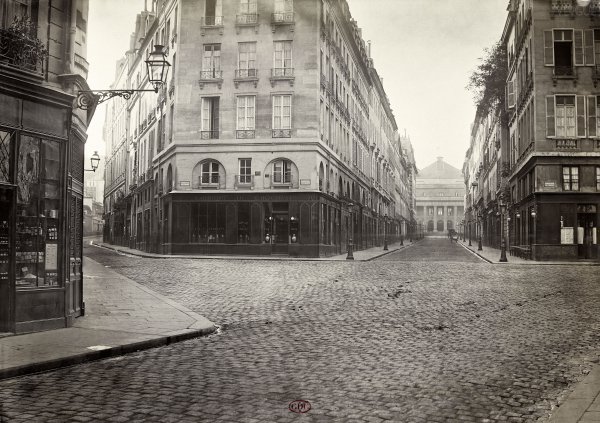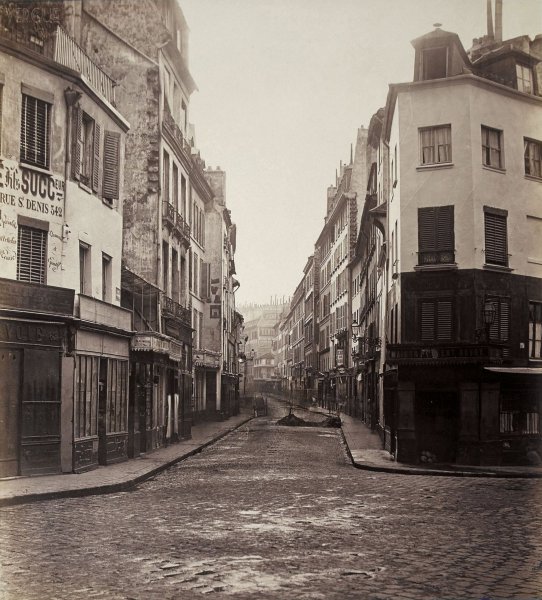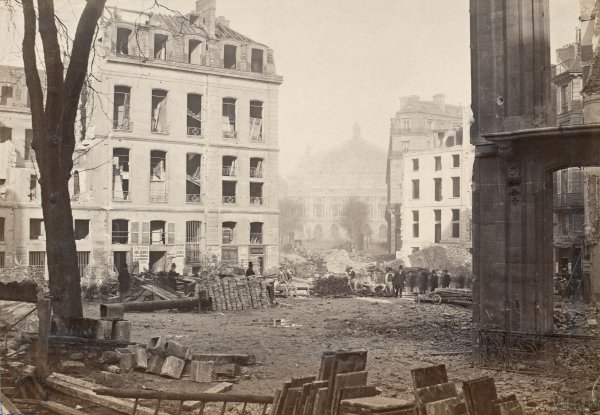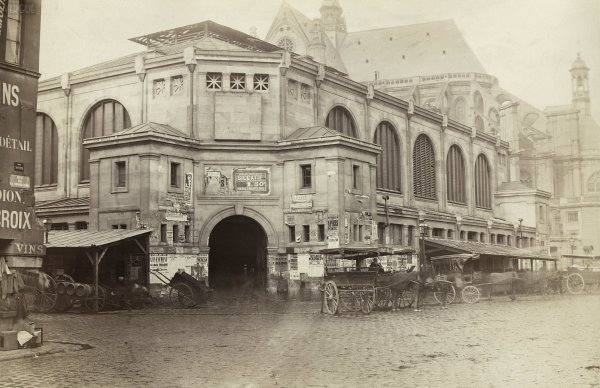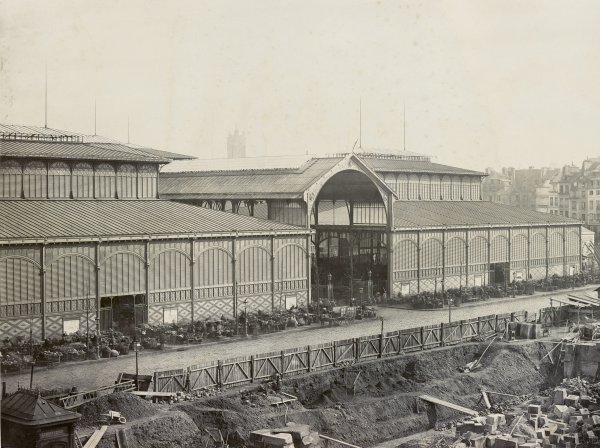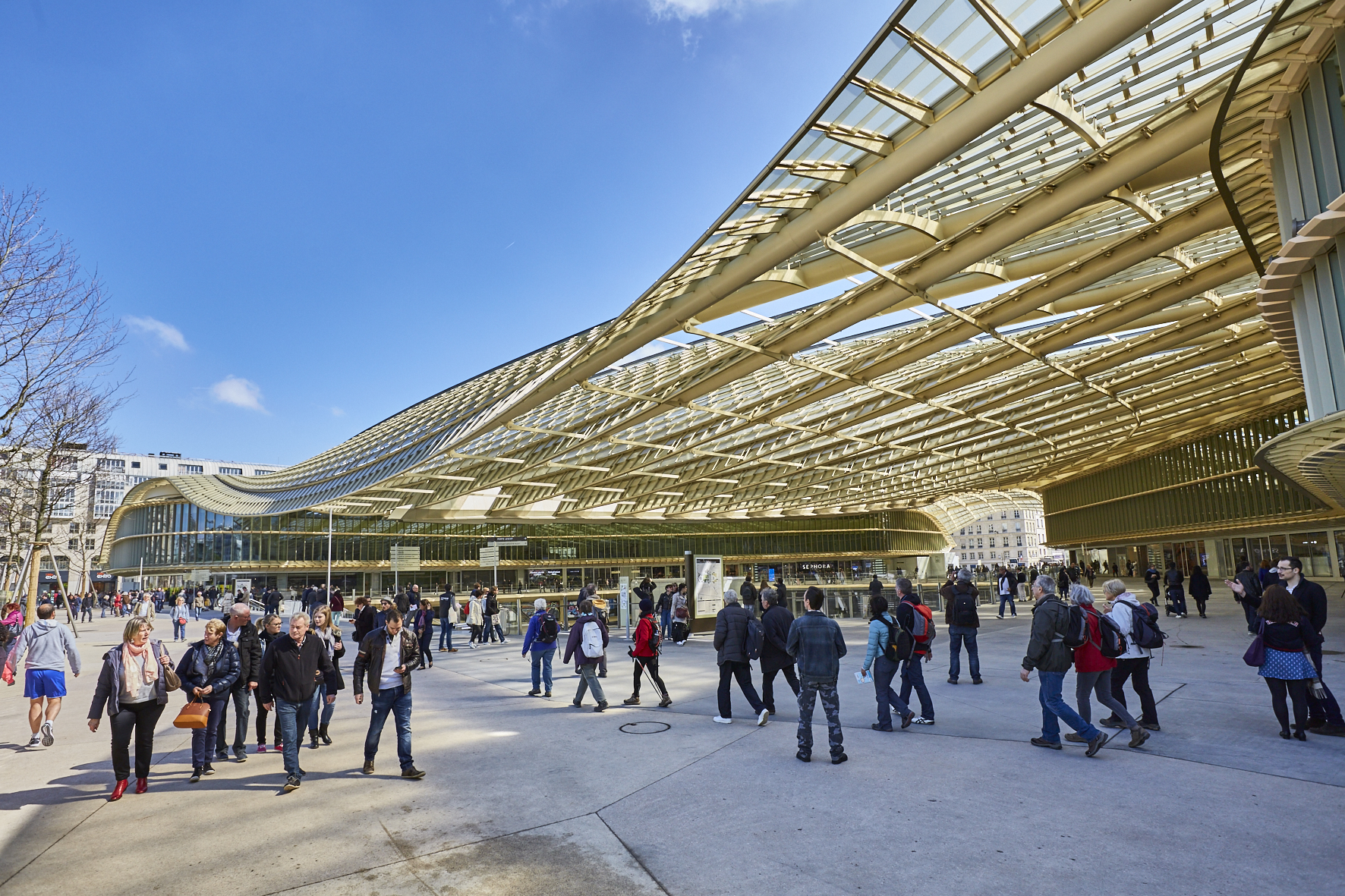A Guide to Pre-Haussmann Paris
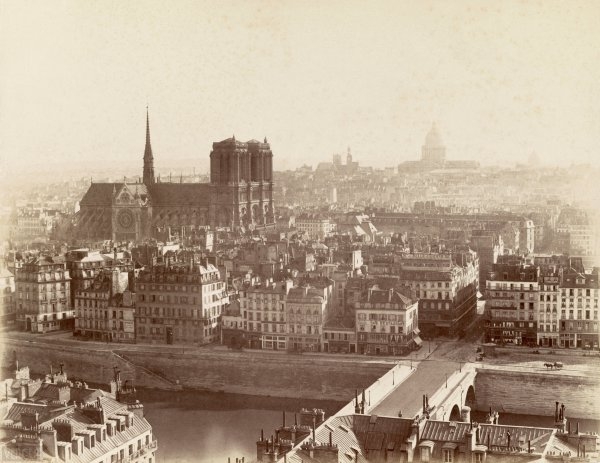
Both residents and visitors may have noticed that there seem to be two sides to the city: one filled with grand boulevards and stunning monuments, while the other features narrow alleyways and winding streets. In fact, all of Paris was meant to be transformed into the wide boulevards and central monuments you see in areas in Western Paris, notably the 1st, 7th, and 8th arrondissements.
"Paris as you know it is a 19th century city," says Professor Anna Russakoff, who regularly teaches classes on the monuments and museums of the city. It was Napoleon III during the Second Empire who instigated the renovation, hoping wider roads and improved infrastructure would help to prevent the spread of disease in the city. He asked his friend, the Baron Haussmann to be in charge of the huge renovation that introduced new parks, wide boulevards, and improved public services. He also wanted to highlight some of the best monuments of the city, planning his streets to show the landmarks from every angle. "Île de la Cité and the area around the opera were most changed" during the renovation, Professor Russakoff notes. The map below shows a plan of Paris in 1550, long before Haussmann's renovation.
Image Credit: Olivier Truschet and Germain Hoyau
Asked why the architectural style became so iconic, Professor Russakoff says, "The oldest houses of Paris, near the Rue François Miron, with timber frames are rare in Paris because they were outlawed by Henry IV in 1607 to avoid fires." This led to a lot of regulation around the city for building standards and allowed Haussmann to create a cohesive design. "It was a very conservative, traditional style," she remarks, that has fit the French culture for more than a century.
For all the good it did, Baron Haussmann's renovation also destroyed many historical parts of the city, even covering up part of the Bièvre river that used to flow from the 13th arrondissement into the Seine. Photographer Charles Marville was commissioned by the state to photograph the renovation while it was in progress during the 1850s. These are some of the most radically transformed areas, as well as some that have remained nearly the same.
L'Hôtel Dieu
Image Credit: Charles Marville
This photograph, taken in 1852, shows Île de la Cité as seen from the Quai Saint Michel. The bridge in the foreground is the old Pont Saint Michel, replaced in 1857. A temporary pedestrian bridge can be seen under construction in the background.
Image Credit: Google Maps
Carrefour de L'Odéon
Image Credit: Charles Marville
The street coming down from the left is Rue Monsieur-le-Prince and the Théatre de L'Odéon can be seen in the background. The building towards the left with rounded windows still exists today and currently houses a pharmacy. The building on the right is the location of Le Hibou, a trendy restaurant in the neighborhood.
Image Credit: Google Maps
Rue Lamartine
Image Credit: Charles Marville
Rue Lamartine in the 9th was radically transformed with the construction of Rue de Maubeuge in 1867. The buildings in the foreground were completely demolished and replaced with Haussmann-style façades, but the curvature of the original road is still visible.
Image Credit: Google Maps
Avenue de L'Opéra
Image Credit: Charles Marville
Shown still under construction in 1877, this avenue was planned to showcase the beautiful Opéra Garnier, seen here in the background of the photo.
Image Credit: Google Maps
Les Halles
First pavilion in 1866. Image Credit: Charles Marville
In 1866, the market at Les Halles was housed in various pavilions that had began construction in 1847. This first pavilion was left unfinished in 1853 after public protest about its design, to be replaced in 1867 by the iconic iron and glass design that was used until 1973. The church of Saint Eustache can be seen in the background.
Iron and glass design in 1867. Image Credit: Charles Marville
Since then, the area has constantly been under reconstruction with the latest "canopée" design unveiled in 2016.
Les Halles in 2016. Image Credit: Wikimedia/Zoeunibail
For more of Marville's photographs alongside stories explaining how and why these areas changed, visit Vergue's collection (in French).

